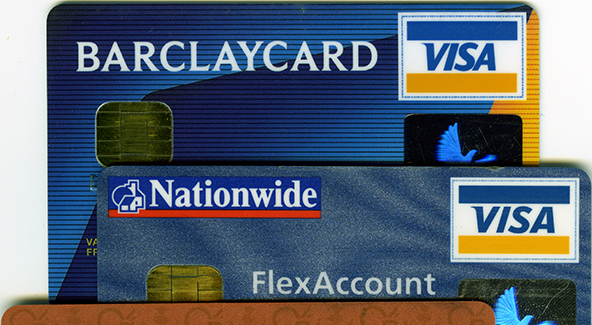How Visa Account Updater Works and How Much It Should Cost You

If your business model revolves around providing products or services on a recurring basis, you should know very well that, unless corrective measures are implemented, a certain percentage of the credit and debit card payments you submit for processing will be rejected due to wrong account information, even as the same transactions may have gone through just fine the previous time. The ratio of payments rejected for this reason can vary widely, but I recently examined a mid-sized non-profit’s processing statements, which revealed a ratio of about five percent, which I think is close to the average. As a result, this particular non-profit was losing $55,000 – $60,000 in monthly revenue.
How are such losses to be avoided? Well, you should begin by implementing a set of best practices for processing recurring payments and we have written on the subject multiple times before to help you do that. If you follow our suggestions, you will see a sharp reduction of authorization declines due to non-matching card account information. For most of you this will be good enough, but larger organizations may also benefit from signing up for Visa’s and MasterCard’s card updater services, which are designed specifically to keep account information up-to-date. Following is an overview of the Visa updater tool.
Visa Account Updater Basics
Visa Account Updater (VAU) enables merchants that process transactions from filed information to keep this information current, so that every time there is a change in, say, the account’s number or expiration date, the file is automatically updated. Payments for subscription-based services are a prime example of such transactions. Here is how the VAU process works:
- The card issuer sends to VAU information that includes changes in the account number and card expiration date, account closures, or “contact cardholder notices.”
- The merchant’s acquiring bank sends inquiries to VAU for cardholder accounts that the merchant has on file just before they are about to process a payment.
- VAU responds to each acquirer’s inquiry, providing any updated information.
- The merchant updates the customer’ billing information.
Now that the cardholder information is updated, a payment that otherwise would have been rejected, will be processed without a hitch.
VAU Registration Process and Pricing
In order for you to enroll into the VAU, your acquirer must first be registered with the VAU program. Do not assume that they are! According to the latest information we have, at present the following acquirers are VAU-certified:
- Wachovia.
- Harris.
- Citi Bank.
- PNC.
- Wells Fargo.
- Huntington.
- HSBC.
- SunTrust.
- Sovereign Bank.
- Merrick Bank.
- BAM.
You should request proposals from several processors, so that you can compare their VAU pricing models, which will typically consist of these two items:
- Set-up fee, which will typically be in the range $300 – $500.
- Transaction fee, which will usually be in the range $0.20 – $0.25 (it can be lower or higher than that, depending on your transaction count). You should only be paying transaction fees for these accounts that are updated, not for all that are run through the VAU system.
Once you have chosen a processor, be prepared for a fairly lengthy VAU registration process. You should expect it to take no less than a month and will probably take longer than that. When everything is set up, schedule your files to be submitted into the system at least three days before billing.
The Takeaway
VAU is a great tool to help you prevent declines of recurring payments due to changes in account information. However, it does not affect the regular transaction process in any way. So you are still required to obtain an authorization approval for each one of your transactions, even for the ones processed on accounts that have just been updated. VAU makes it more likely that your authorization request will be approved, but it does not replace the authorization process.
Image credit: HD.org.



The VAU Developer API is INSECURE! They are using a REST Web service using JSON and Basic Authentication. Basic Auth is not secure! As a developer of 30+ years I would NEVER use Basic Auth in this day and age. Basic auth is only the username and password concatenated with a “:” and then Base64 Encoded. I can capture the HTTP header and look for the string “Authentication Basic:” and grab the Base64 encoded string after it, then go to ANY Base64 encode/decode web site and decode the Base64 encoded string and get the plaintext Username and Password.
RUN don’t walk from VAU!
REF:
https://developer.visa.com/capabilities/vau/reference